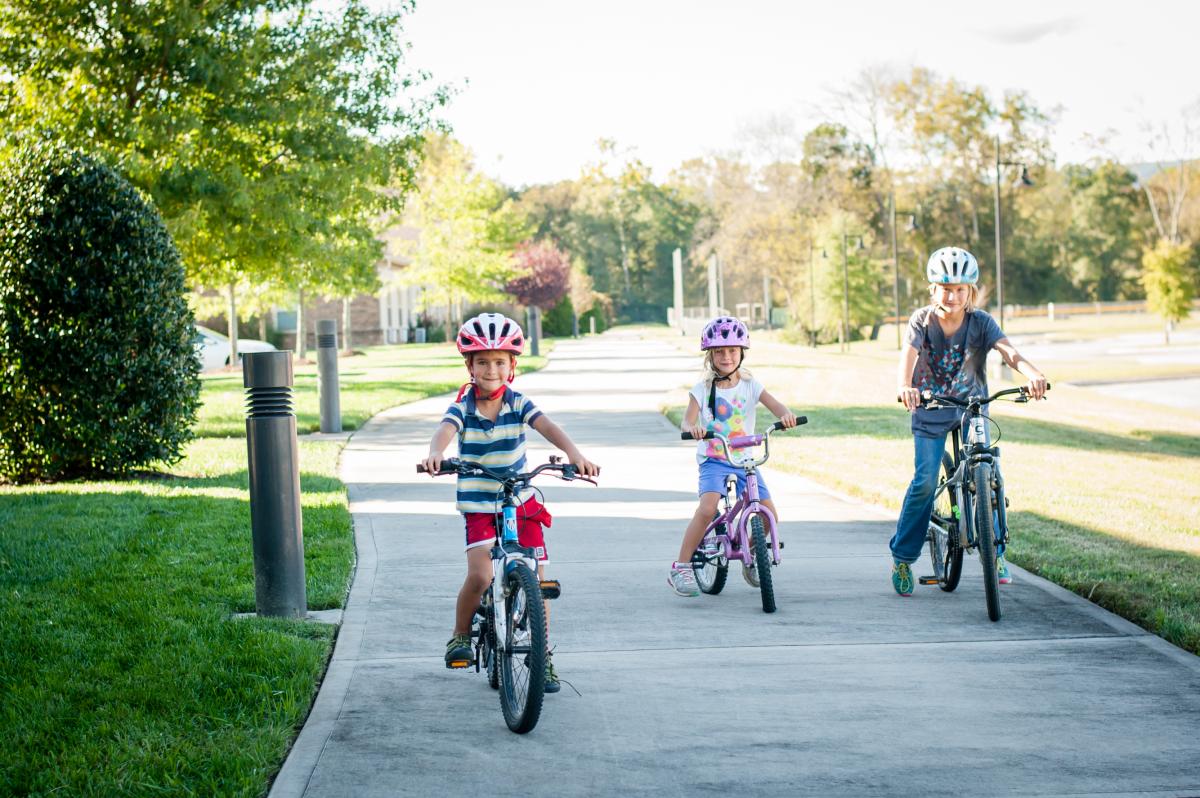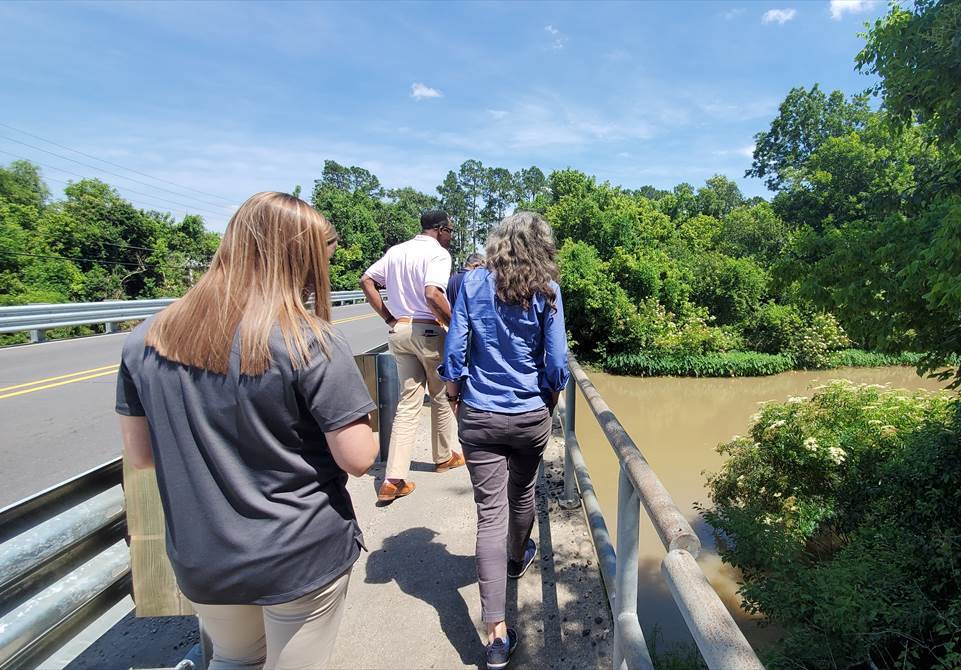Today, the U.S. House of Representatives passed the Fixing America’s Surface Transportation Act (FAST Act), which is the final transportation agreement negotiated between the House and Senate. Once the Senate passes the agreement, expected by early next week, a new five-year transportation law will be in effect.
Resource Library
This document provides a list of resources and steps for conducting a health impact assessment
At a recent grantmaking conference, one of the speakers emphasized the role of evaluation by saying that if you can’t measure something, it doesn’t matter. Thanks to a new rule from the US Department of Transportation, all states will now be required to measure and be held accountable for bicycle and pedestrian safety.
This blog post was written by the Safe Routes Partnership's research reviewer, Christina Galardi.
“It’s just like riding a bike.”
This is an expression we often use to refer to a learned skill that comes naturally and is retained for a lifetime.
But how do you learn to ride a bike—and do so safely—in the first place?

This blog post was authored by Safe Routes Partnership research advisor Christina Galardi.
This report assesses the levels of physical activity and sedentary behaviors in American children and youth, facilitators and barriers for physical activity, and related health outcomes.
 Welcome to the new website of the Safe Routes Partnership! The beginning of a new year seems to be the perfect time for a change to the Safe Routes Partnership’s website. The new color scheme, graphics and wonderful photos now reflect the vibrancy and energy of the national Safe Routes to School movement.
Welcome to the new website of the Safe Routes Partnership! The beginning of a new year seems to be the perfect time for a change to the Safe Routes Partnership’s website. The new color scheme, graphics and wonderful photos now reflect the vibrancy and energy of the national Safe Routes to School movement.
 It is an exciting time of new beginnings and opportunity - the beginning of my role as network director, a new blog and a huge expansion of the Safe Routes Partnership.
It is an exciting time of new beginnings and opportunity - the beginning of my role as network director, a new blog and a huge expansion of the Safe Routes Partnership.
 When I was about eight years old I decided to start a lemonade stand. My stand, which was rudimentary in design, included the front steps of my house, a pitcher of watered down lemonade and no cups.
When I was about eight years old I decided to start a lemonade stand. My stand, which was rudimentary in design, included the front steps of my house, a pitcher of watered down lemonade and no cups.
 March has been quite a month for Congressional action on the transportation bill. Unfortunately, it is looking like the momentum will have a tough time carrying over into April.
March has been quite a month for Congressional action on the transportation bill. Unfortunately, it is looking like the momentum will have a tough time carrying over into April.
 In 2008 and 2009 we managed a Safe Routes to School project at five lower income schools around the country, launching and growing Safe Routes to School programs in those five schools for two years.
In 2008 and 2009 we managed a Safe Routes to School project at five lower income schools around the country, launching and growing Safe Routes to School programs in those five schools for two years.
 Both the House and Senate have decided to get down to business on a transportation bill.
Both the House and Senate have decided to get down to business on a transportation bill.
 We love it when Safe Routes to School volunteers and champions share what is happening in their community with us!
We love it when Safe Routes to School volunteers and champions share what is happening in their community with us!
The Indiana Safe Routes to School program is alive and well! Having completed six application rounds since its inception in 2006, there are now 114 infrastructure projects and non-infrastructure activities that have been awarded funding in the Hoosier State. For a map of Indiana’s Safe Routes to School awards click here.
 The state of play on the transportation bill seems to change daily, if not hourly, here in Washington, DC. Last week, negotiations between the House and Senate broke down and it seemed that a transportation extension was likely.
The state of play on the transportation bill seems to change daily, if not hourly, here in Washington, DC. Last week, negotiations between the House and Senate broke down and it seemed that a transportation extension was likely.
On May 30, the Ohio Department of Transportation (ODOT) announced their 2012 Safe Routes to School program awards, funding 68 projects in 48 communities, totaling more than $16 million dollars. An additional 19 communities have been awarded funds for school travel plan development. This is the highest amount of funding the Ohio program has distributed at one time. For a complete award list, click here.




 Our work to expand the region’s Active Transportation program at the Southern California Association of Governments (SCAG) is progressing.
Our work to expand the region’s Active Transportation program at the Southern California Association of Governments (SCAG) is progressing.